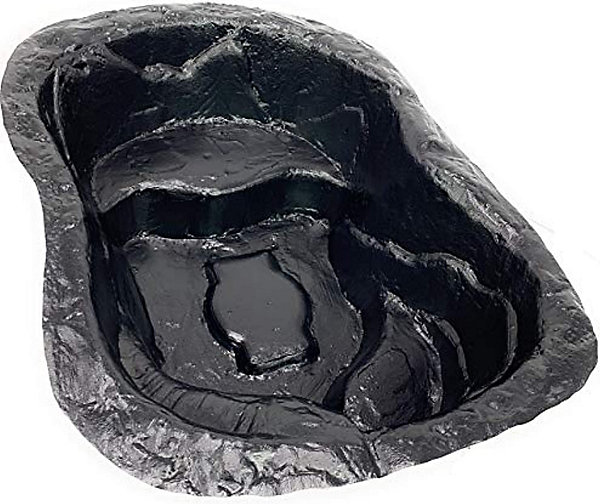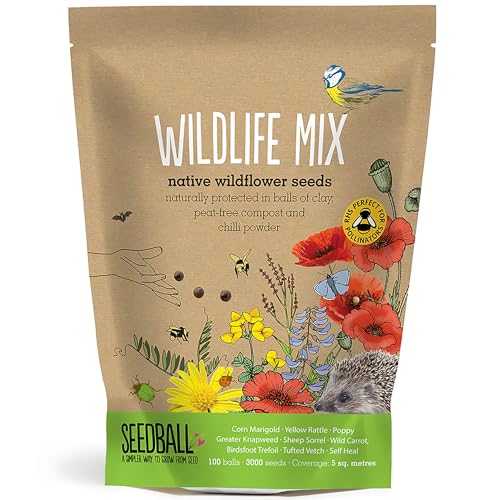‘Nature doesn’t like tidiness’ – why wildlife experts want you to stop cutting your garden back in summer
Help your local ecosystem thrive

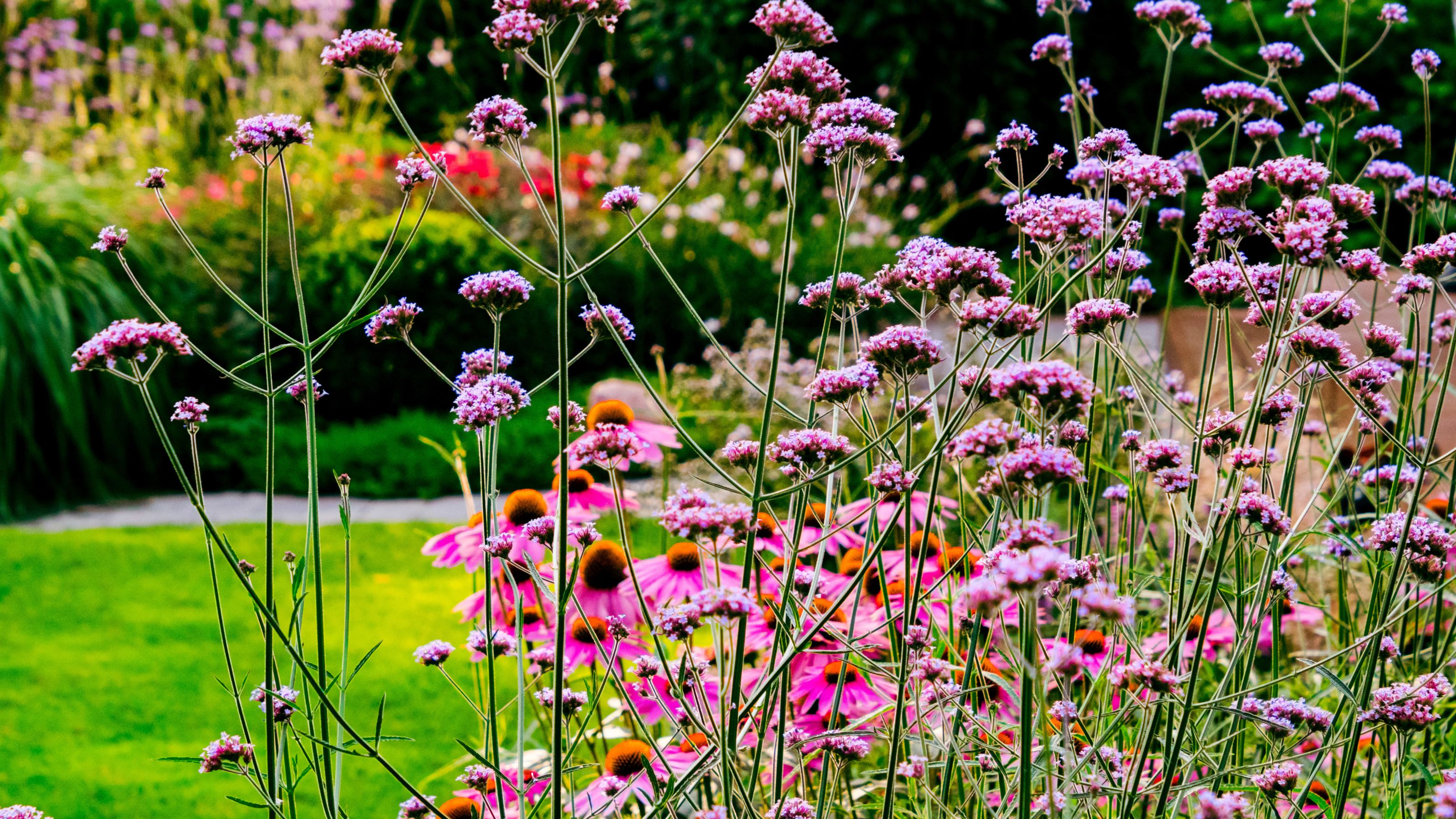
Wildlife experts are urging gardeners to avoid cutting their gardens back this summer, to help their local ecosystems flourish.
If you’ve taken the time to create a wildlife garden, then you’ll already be aware of how a garden can help local wildlife thrive, providing both food and shelter. While it can be tempting to cut back your garden to make it look neater over summer, an expert has warned this can result in a lack of shelter for wildlife in autumn and winter.
While it may be tempting to reach for your garden shears, here’s why you should hold off this summer.
Why you shouldn't cut your garden back in summer
In a recent interview with Flora Beverley, founder of Pollinator Pathways, a grassroots organisation which transforms alleyways in Bristol into wildlife-friendly spaces, she shared her top tip for gardeners as we transition into Autumn.
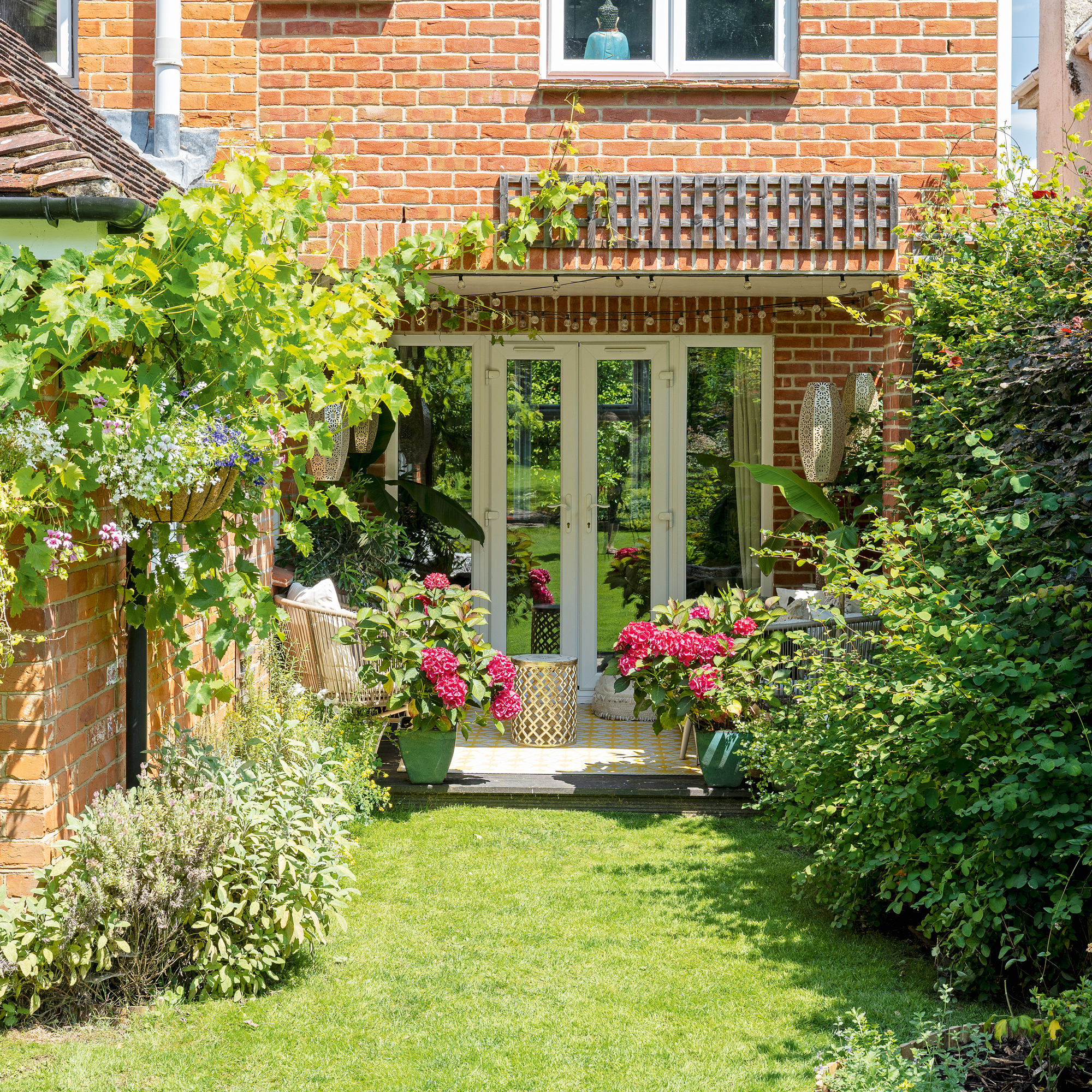
‘What a lot of gardens want to do is keep things as tidy as possible. But nature is not tidy and nature doesn't like tidiness,’ she said.
‘So, if you can leave some leaves on the ground or sweep them up from your patio, but leave them in a pile somewhere, they will mulch down. They will provide the earth with those nutrients and also protect your plants from things like frost, creating a kind of blanket over everything.
‘And then also leaving the seed heads on plants. So, for example, we've got fennel in our garden. It's really beautiful, and when it dies, it remains really beautiful. It just is, especially when you get the sun through it or if it's been raining, you get these beautiful, like crystals on it.
Sign up to our newsletter for style inspiration, real homes, project and garden advice and shopping know-how
‘If you can just leave that through the winter, it will provide a food source for animals, but also, creates a kind of habitat, even though it is no longer alive, it's still very much alive under the ground and it will still be providing a lot of cover for insects like moths and beetles that need to survive through the winter.’
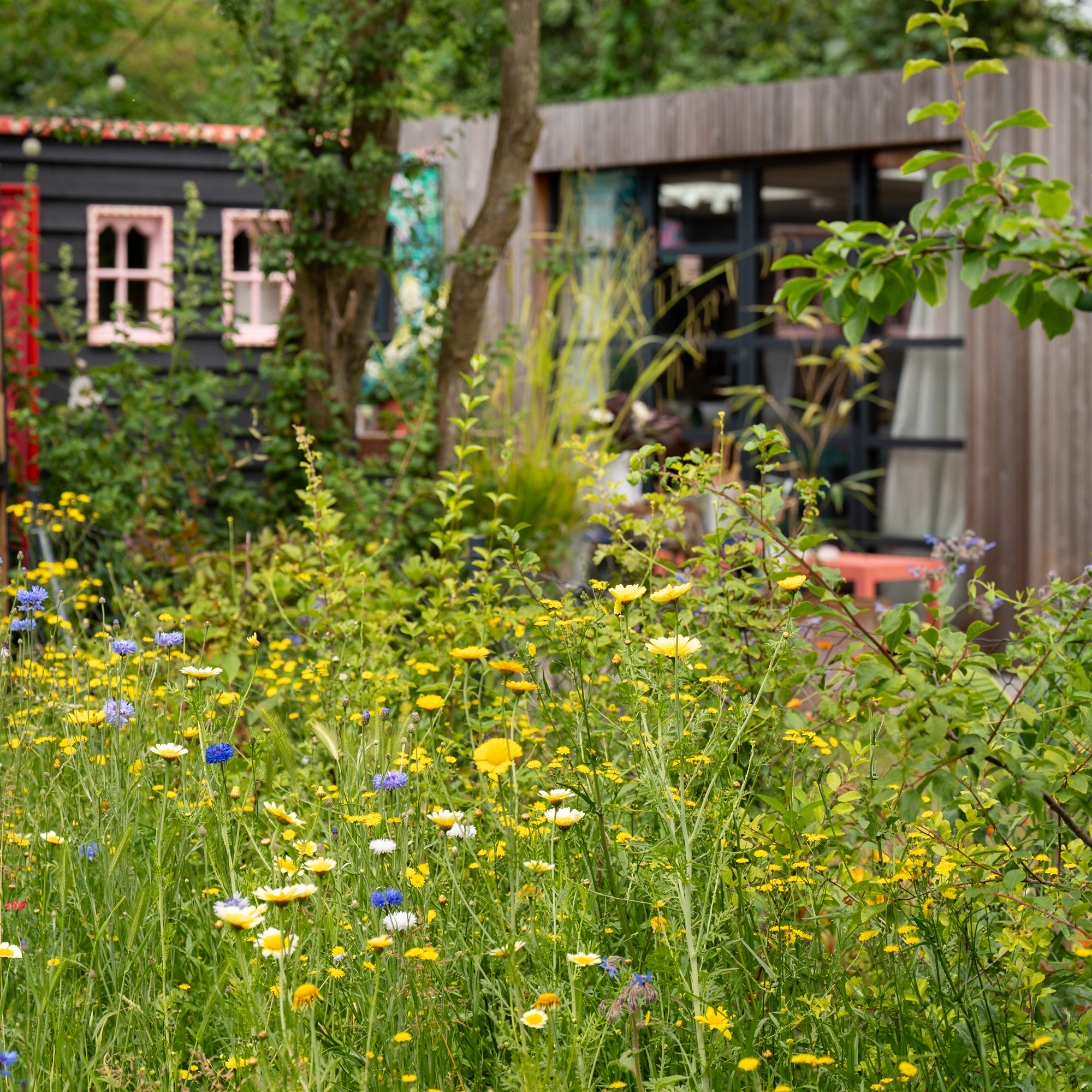
This is not to say that not cutting back your garden will leave it looking ‘messy’. There are plenty of garden ideas that embrace a more laid-back, natural approach, such as clover lawns and bird-friendly planting, and still look stunning.
‘Wildlife-friendly doesn’t have to mean wild and unruly. You can keep paths clear, mow the lawn less frequently but still maintain edges, and selectively tidy areas where you spend time. Consider leaving a ‘wild corner’ or letting certain borders grow out, while keeping the rest of the garden looking intentional and cared-for,’ says Luke Newnes, new build gardening specialist, gardening content creator and member of the Interior Squad at Hillarys.
The exceptions
Cutting back your garden in summer can even add extra stress to your plants, as well as being not very helpful to wildlife.
‘Hard pruning during the summer can put stress on your plants, and the heat can lead to sunscald. If you aim to keep your garden looking tidy, a light prune is the better option. Hard pruning at this time of year can often stimulate a significant amount of regrowth, which isn’t ideal if you're looking to keep things under control,’ explains Chris Bonnett, owner of Gardening Express.
‘While it's best to avoid heavy pruning in the height of summer, regular, well-timed trimming helps maintain plant health and overall structure.’

However, there are some circumstances where it is a good idea to cut back your garden.
‘There are several trees and shrubs which benefit from summer pruning in the UK. Typically, shrubs include varieties that flower in the spring, like deutzia, flowering quince, forsythia, philadelphus, and lilac. Trees that respond well to a summer prune are often from the Prunus family, like plums, cherries, and damson, as well as apple and pear trees trained as espaliers or cordons,’ says Chris.
‘That said, there’s no need to cut plants right back to the root, as doing so can actually hinder their development. Allowing a bit of natural overgrowth not only maintains plant vitality but also creates valuable habitat for local wildlife, so finding a balance between tidiness and letting nature take its course is ideal.’
You can also cut back if a plant is diseased, as the method reduces the spread of fungal diseases. Some perennials can also be cut back to encourage a second bloom. But if you do these, refrain from cutting back the second bloom so wildlife can benefit
Make a wildlife friendly garden
While there are some instances where cutting back your garden is beneficial, such as for plant health or preventing disease, where you can, you should leave your garden alone to help wildlife flourish.

Kezia Reynolds joined the Ideal Home team as News Writer in September 2024. After graduating from City, University of London in 2022 with a bachelor’s degree in journalism, Kezia kicked off her career spending two years working on women’s weekly magazines. She is always on the lookout for the latest home news, finding you the best deals and trends - so you don’t miss a thing!
